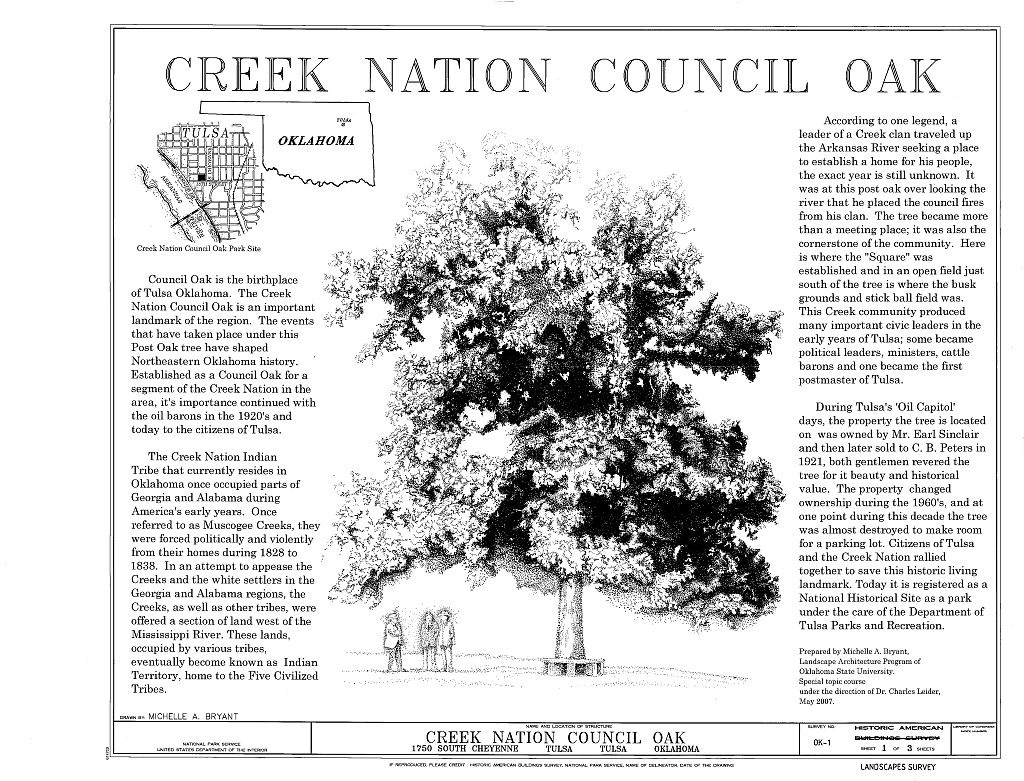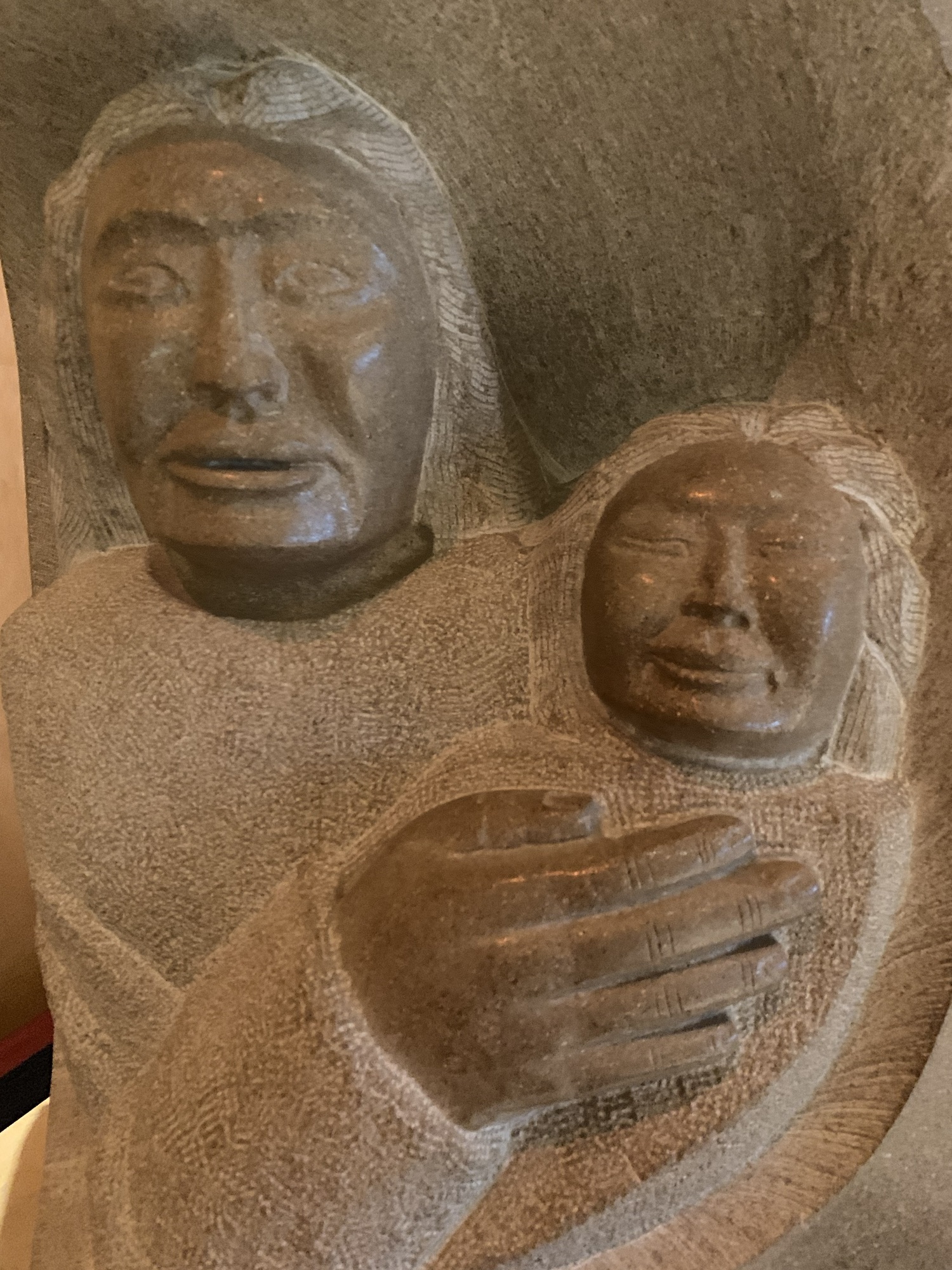Here:

Press release here. The bill is here.
OLYMPIA — People who commit crimes on tribal lands would not be able to escape justice by fleeing into Washington state lands, under legislation passed unanimously by the House Wednesday.
SB 6146 would authorize Washington state law enforcement officers to enforce warrants issued by Washington’s 29 federally recognized tribes and empower them to transport people to tribal lands for prosecution.
“This law will help keep communities in Washington and on tribal lands safe, while respecting the constitutional rights of defendants,” said Sen. Manka Dhingra (D-Redmond), sponsor of the bill. “Our laws need to reflect the realities of our world today. We have been operating under laws written when travel between jurisdictions wasn’t easy and the technology to confirm identity didn’t exist, so this legislation modernizes our laws to address the problems that arise today, when it is easy to flee from one jurisdiction into another.”
***
Chairman Steve Edwards of the Swinomish Indian Tribal Community thanked Dhingra and Lekanoff for “convening a process that brought together all 29 tribes with Washington state law enforcement and prosecutors to work collaboratively on solutions through which the state can recognize tribal warrants. This legislation will help to keep all Washingtonians safe around the state and on tribal lands.”
News article here.
Senate Bill 6146 will authorize Washington state law enforcement officers to enforce warrants issued by the 29 federally recognized tribes in Washington. The bill further allows officers to transport individuals to tribal lands for prosecution, simplifying the process of addressing criminal activities in cooperation with tribal authorities.
Here are the available materials in State v. Crazybull:

Here are the materials in State v. Long (McIntosh County D. Ct.):

Here are what I think are the relevant materials in State of Oklahoma v. Fuller:

Here are the relevant materials in United States v. Johnson (D. Minn.):

You must be logged in to post a comment.